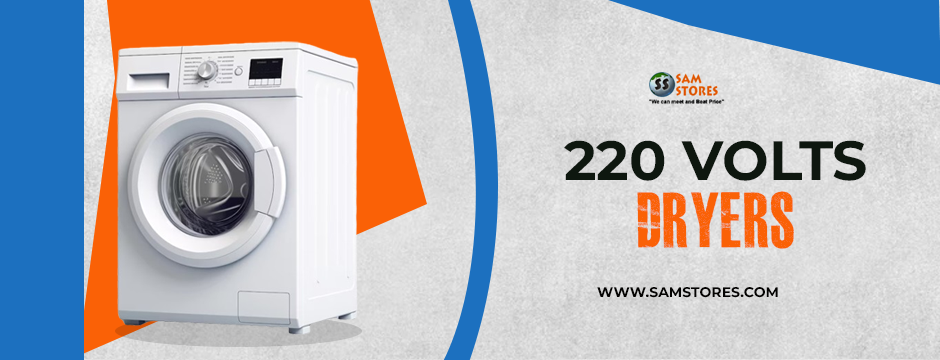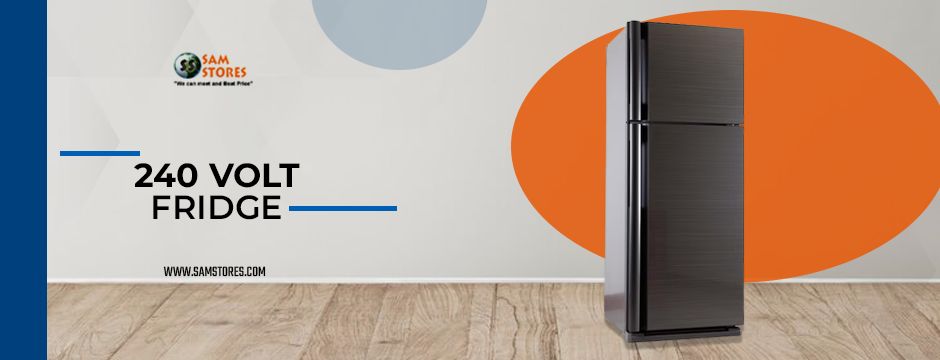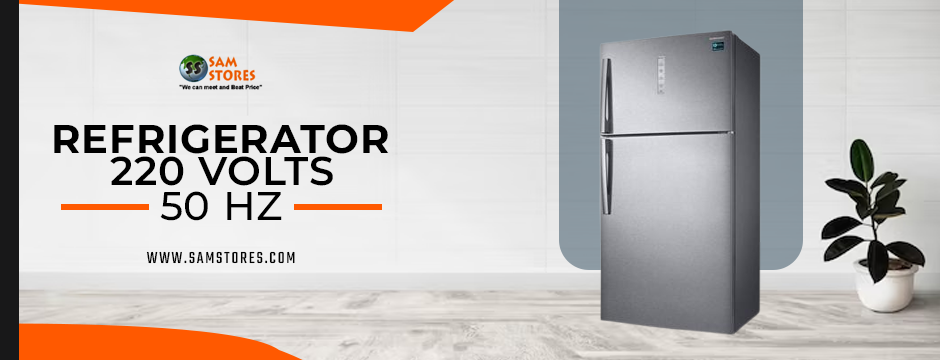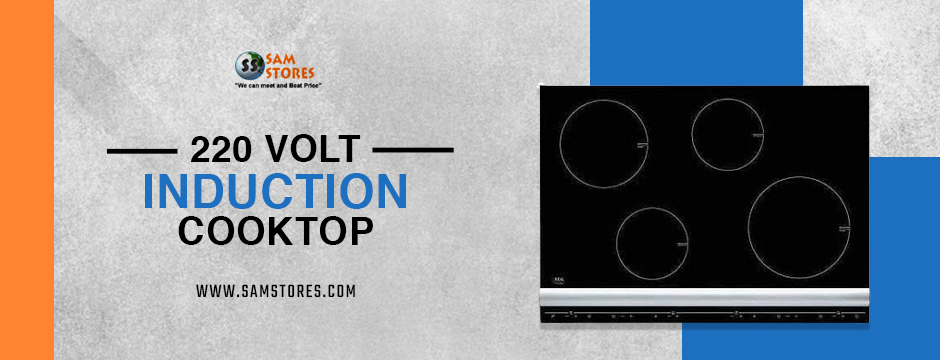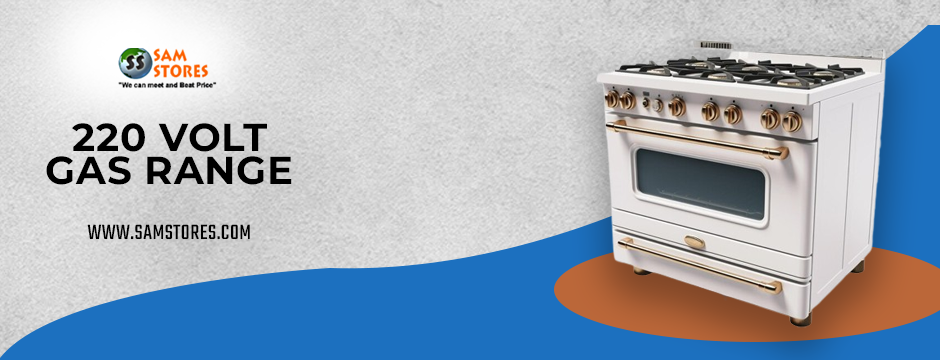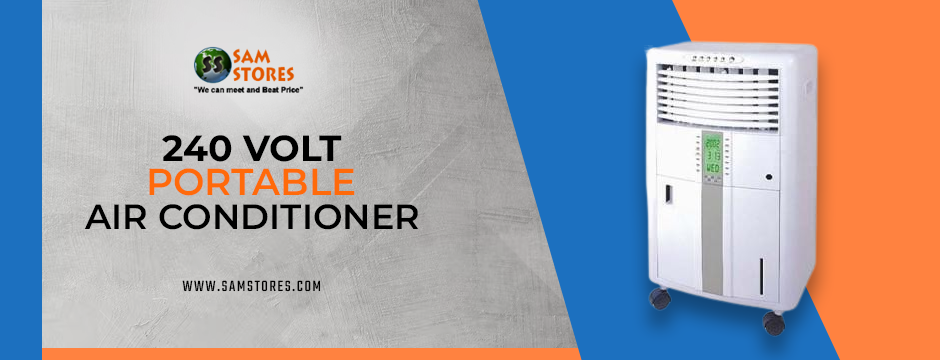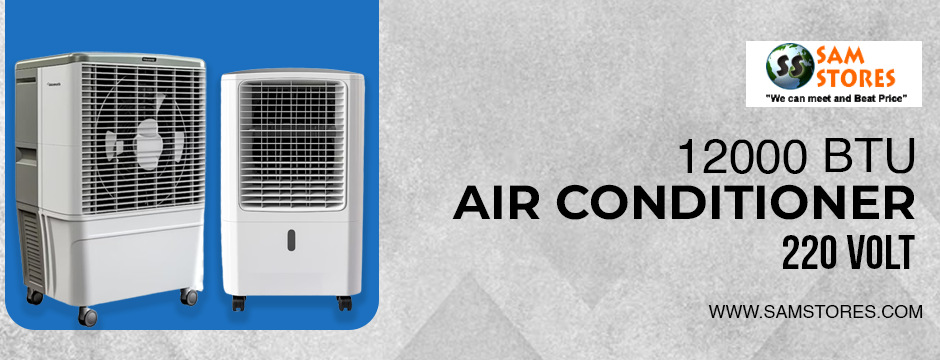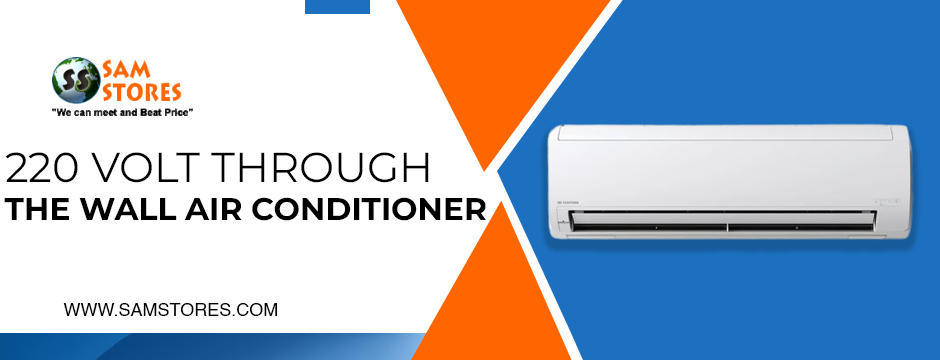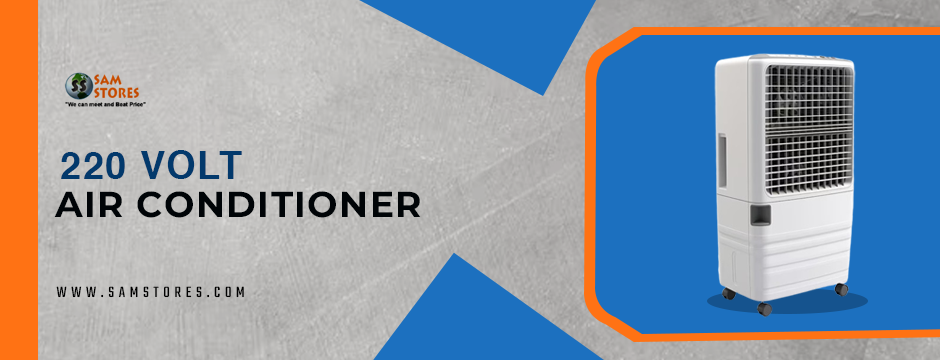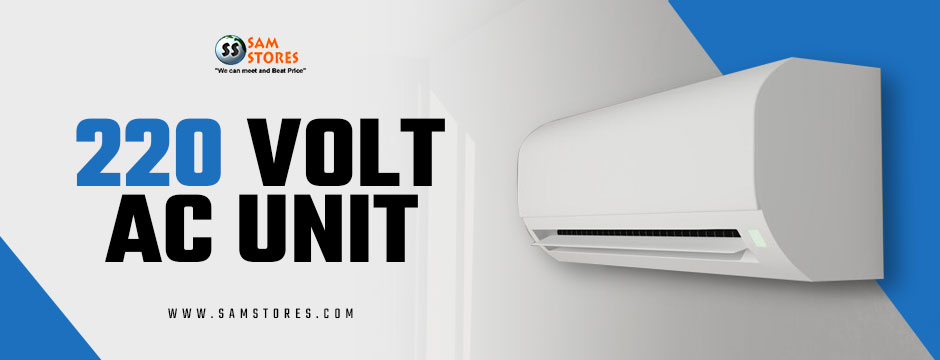In the realm of household appliances, dryers play an indispensable role in our daily lives, especially for those residing in regions with high humidity or unpredictable weather. However, choosing the right dryer can be a daunting task, given the myriad of options available in the market. One such consideration is the voltage requirement of the dryer, with 220 volts dryers emerging as a popular choice for many households. In this comprehensive guide, we delve into the convenience and practicality of 220 volts dryers, exploring their features, benefits, and considerations for potential buyers.
Understanding 220 Volts Dryers:
Before delving into the specifics of 220 volts dryers, it’s essential to grasp the concept of voltage in electrical appliances. Voltage refers to the electric potential difference between two points in an electrical circuit, typically measured in volts. In the context of dryers, the voltage requirement indicates the amount of electrical power needed to operate the appliance effectively.
A 220 volts dryer operates on a higher voltage compared to standard dryers, which typically run on 110 volts. This higher voltage translates to increased power output, allowing the dryer to generate more heat and dry clothes more efficiently. As a result, 220 volts dryers are often preferred for their faster drying times and superior performance, especially when dealing with bulky loads or thicker fabrics.
Benefits of 220 Volts Dryers:
Efficiency: One of the primary advantages of 220 volts dryers is their enhanced efficiency. The higher voltage enables these dryers to generate more heat, accelerating the drying process and reducing overall drying time. This efficiency not only saves time but also conserves energy, making 220 volts dryers a cost-effective option in the long run.
Versatility: 220 volts dryers offer greater versatility in terms of drying capabilities. Whether you’re drying delicate garments that require low heat or heavy-duty items like blankets and towels, these dryers provide customizable settings to accommodate various fabric types and drying needs. Additionally, the higher voltage ensures consistent performance across different load sizes, ensuring uniform drying results with each cycle.
Durability: Another noteworthy benefit of 220 volts dryers is their robust construction and durability. Designed to handle higher power outputs, these dryers are built to withstand prolonged use and heavy-duty loads without compromising performance. From durable heating elements to reinforced dryer drums, 220 volts dryers are engineered for long-term reliability, making them a worthwhile investment for any household.
Reduced Wrinkling: With their powerful drying capabilities, 220 volts dryers excel at minimizing wrinkles and creases in clothing. The increased heat output ensures thorough drying, preventing garments from remaining damp and prone to wrinkling. As a result, clothes emerge from the dryer looking fresher and more wrinkle-free, reducing the need for additional ironing or steaming.
Considerations for Buyers:
While 220 volts dryers offer numerous benefits, there are several factors to consider before making a purchase:
Compatibility: Before investing in a 220 volts dryer, ensure that your home’s electrical infrastructure can support the higher voltage requirement. Consult with a qualified electrician to assess your current wiring and determine if any upgrades or modifications are necessary to accommodate the dryer.
Space and Capacity: Consider the available space in your laundry area and the capacity requirements of your household. Choose a dryer size that fits comfortably in your designated space while offering sufficient capacity to handle your typical laundry loads.
Features and Settings: Evaluate the features and settings offered by different 220 volts dryers to ensure they align with your preferences and drying needs. Look for options such as moisture sensors, multiple drying cycles, and customizable temperature settings to enhance convenience and flexibility.
Budget: Finally, establish a budget that reflects your desired features and quality expectations. While 220 volts dryers may require a higher initial investment compared to standard dryers, their efficiency, durability, and performance justify the cost over time.
Conclusion:
220 volts dryers are a practical and efficient solution for households seeking superior drying performance and convenience. With their higher voltage requirement and advanced features, these dryers offer faster drying times, enhanced durability, and versatility to meet various drying needs. By considering factors such as compatibility, space requirements, features, and budget, potential buyers can make informed decisions and invest in a dryer that delivers exceptional results for years to come.
